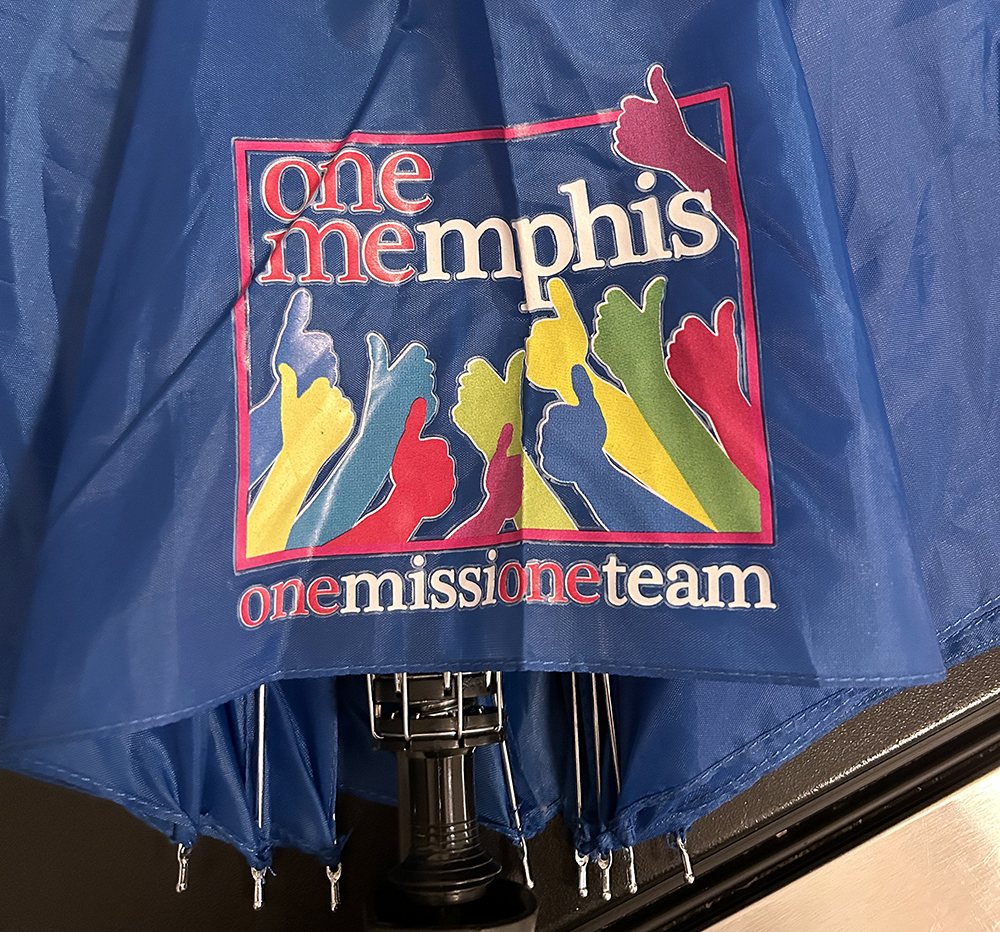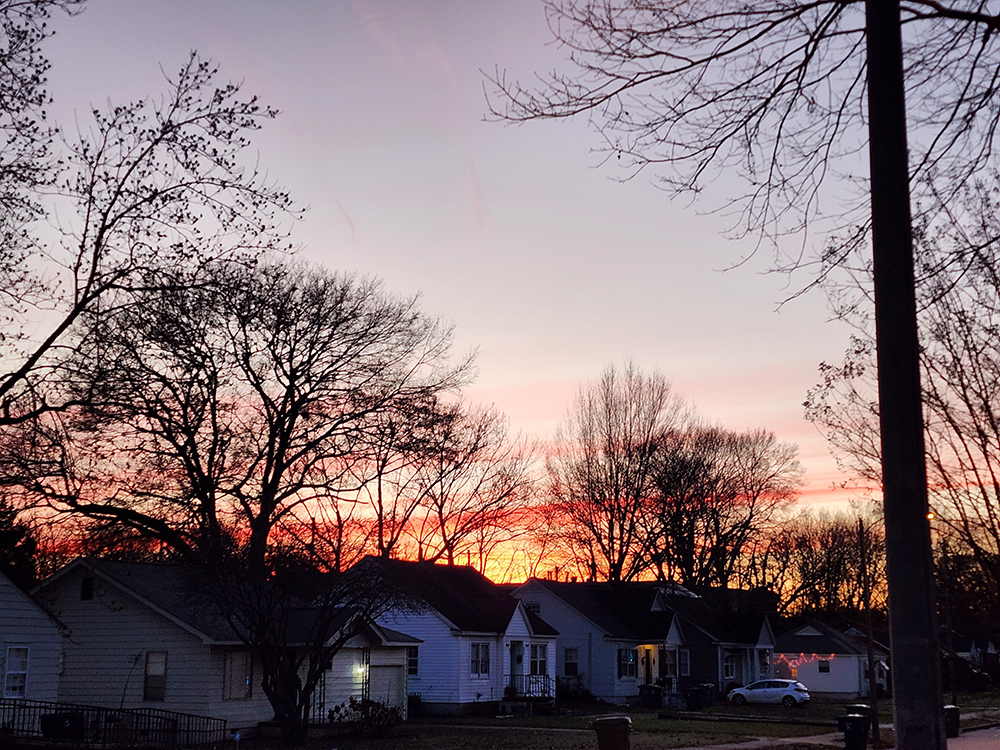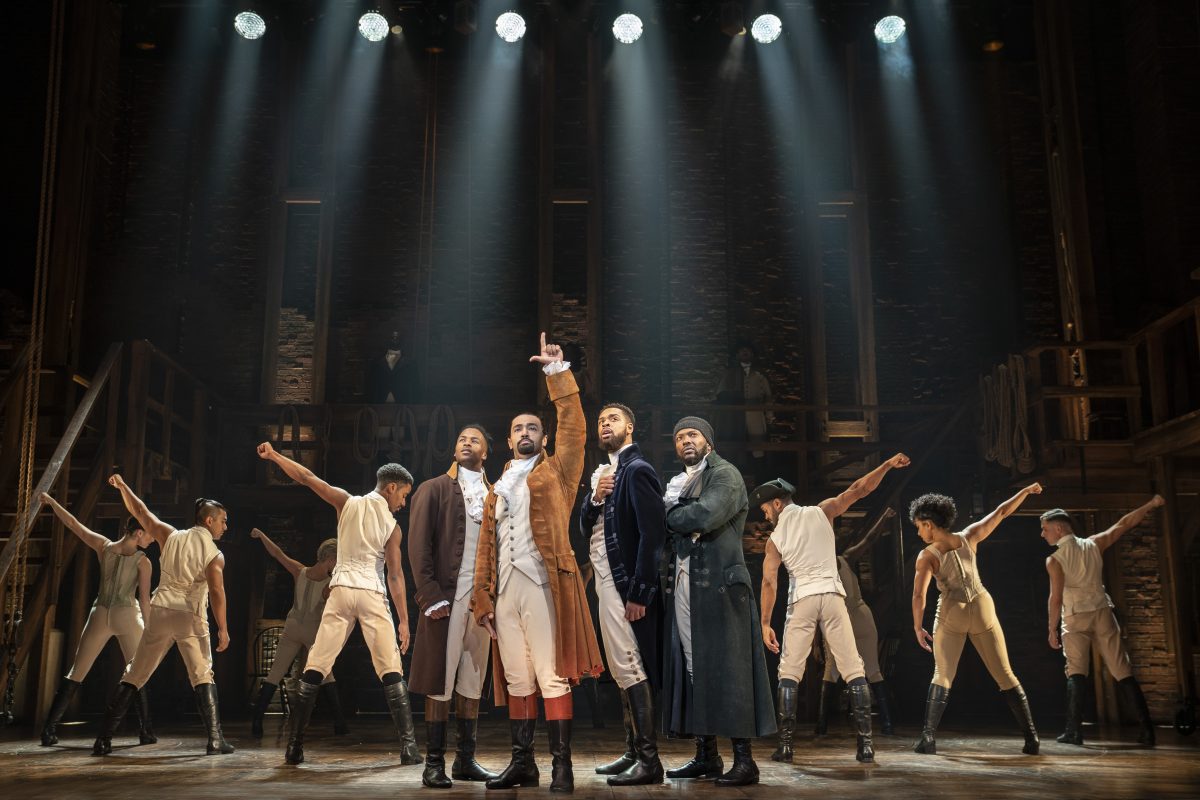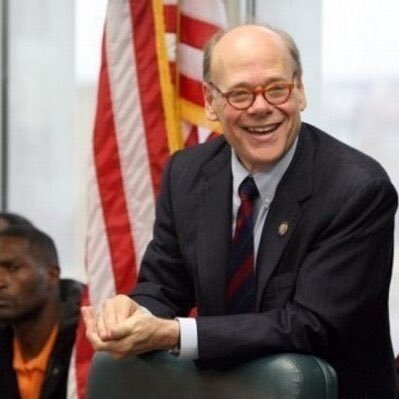Last Friday, a civil court jury in New York City found Wayne LaPierre, the now-former head of the National Rifle Association (NRA), liable for mishandling $5.4 million of the organization’s money.
Apparently unable to squeak by on his meager $2.2 million annual salary, LaPierre rolled up charges of more than $270,000 for clothes from a Zegna boutique in Beverly Hills, billed tens of thousands of dollars for private charter flights for himself and relatives, and took numerous extravagant NRA-paid vacations. In addition, LaPierre often billed the NRA for a stylist who charged $10,000 a session for hair and makeup for his wife, Susan LaPierre. Fancy!
The trial, prosecuted by New York Attorney General Letitia James, uncovered other fiduciary misdeeds, including that of LaPierre’s personal assistant, Millie Hallow, who he retained even after she was caught funneling $40,000 in NRA money to pay for her son’s wedding.
In leading the “nonprofit” organization that is arguably responsible for more civilian gun deaths than any in American history, Wayne LaPierre got rich and lived large. He famously said, “The only way to stop a bad guy with a gun is with a good guy with a gun.” It now appears that you can also stop a bad guy with a gun with a lawsuit. Or at least, make him resign.
The truth is the NRA has been in something of a decline. Membership has dropped by nearly a third — from 6 million members to around 4 million members — in little more than five years. And an internal audit cited by The New York Times found that the organization’s revenue is down 44 percent over the past eight years.
Despite these numbers, the NRA still has significant investments that pay consistent dividends year after year. These include, among many others, senators Ted Cruz, Lindsey Graham, Mitch McConnell, and Tennessee’s own Marsha Blackburn, who the NRA has funded to the tune of more than $1.3 million. (No word on whether Marsha was ever in line for one of those sweet $10,000 hairstylin’s.)
These political stalwarts assist their blood-stained benefactor by opposing such scary bills as the Protect America’s Schools Act and the Keep Americans Safe Act — which proposed to limit the size of gun magazines. It’s the position of Marsha, Mitch, and their NRA buddies that we can’t be forcing mass shooters to reload too often because it infringes their Second Amendment rights.
Still, as I mentioned above, there is some hope that we may be witnessing the end of an era. According to the Open Secrets organization, the NRA recently reported its largest-ever year-to-year decline in federal lobbying spending — from $4.9 million in 2021 to $2.6 million in 2022. There was also a decline in NRA spending in federal elections from $54.5 million in 2016 to $29.1 million in 2020.
Even given those encouraging trends, however, there’s no denying that LaPierre and the NRA managed to thoroughly transform the American political landscape over the past 25 years. Few Republicans have the courage to support gun reform — because they fear the NRA. And thanks to the NRA, the Second Amendment has been twisted to mean that any kind of permit or gun training or limitation as to where guns can be carried is a violation of holy writ. “Democrats will take your guns” is an ever-recurring election year mantra for the GOP. More than half of the 50 states have essentially no gun regulations for permitting or carrying. Thoughts and prayers are allowed — for now — but don’t get too carried away with those thoughts.
There is a 2013 video obtained by The New Yorker of LaPierre shooting an elephant in Africa. It’s on YouTube, but I do not recommend that you watch it, unless you consider such hunting a “sport.” LaPierre is guided to an ambush position where he can shoot the great animal from close range. It falls to the ground, lying still, groaning in agony. LaPierre takes three more shots into the moaning beast from 20 feet away but is unable to hit the kill spot pointed out by the guide, who is finally forced to make the kill.
There is a metaphor there for Republicans. There is a lesson there for all of us. Who can name the great beast?














